Book
Xuan-zang. Notes on the Western Lands [composed under] the Great Tang (Dai Tang xi yu ji)
Translator: Aleksandrova Natalia
Москва, 2012, 447 p.
The text of the Dai Tang xi yu ji 大唐西城記 (Notes on the Western Lands [composed under] the Great Tang) was composed as a result of the Chinese Buddhist Xuan-zang’s trip to India in 629-645. The principal goal of his pilgrimage was to visit Buddhist holy places; another task assigned to him – as well as to other pilgrims going to India – was the acquisition of Buddhist texts and getting education at Indian monasteries. Handling and assimilating the heritage of Indian Buddhism was the primary inner concern of early monastic Buddhism in China. As the domains of the Buddhist doctrine (vinayas, sutras and abhidharmas) developed and became more profound, the demand for more essential texts was becoming increasingly higher, which provided the principal stimulus to the subsequent boom in pilgrimages to India. That earliest period in the development of Chinese Buddhism which was based on continuous direct contact with the Indian tradition made it necessary for Chinese monks to merge with Indian texts, Indian culture, Indian mythology and philosophy. Given the profound difference between the two cultural traditions and between the two types of cosciousness, the adherents of the nascent Chinese Buddhism were bound to experience momentous changes in their ideas, acquiring a new vision of cosmic space, ethical issues, a different type of “text” thinking. It was during the initial stages of development of Chinese Buddhism – when its main task was to absorb the foreign tradition – that Indian cultural influence was at its strongest, while
during its later stages, Chinese Buddhism develops its own schools nearly in total isolation from the ultimate source of the doctrine. Xuan-zang’s activity was the conclusion, and probably the high point, of that initial phase.
Xuan-zang’s lifetime (600-664) bridged the end of the Sui Dynasty and the beginning of the early Tang, namely the reign of Emperor Tai-zung. According to Buddhist tradition, Xuan-zang dictated the Dai Tang xi yu ji during the final years of his life to a monk named Bai-ji, who recorded it. However, it is obvious that such an voluminous piece of writing, which contains a huge amount of specific data about hundreds of stupas and monasteries and about many countries and cities, could be composed solely on the basis of notes that were being constantly kept during the journey. The Dai Tang xi yu ji, as indicated by its very title, belongs to the genre of ji, “notes, records”. Its text is rigidly structured. The Notes consist of 12 juans, i.e. long chapters or books. a long chapter is normally (except for Chapters VIII and IX) subdivided into short chapters each of which is a description of a single country. The sequence of short “country” chapters is arranged in accordance with the pilgrim’s actual route. Every short “country” has a structure of its own as well: firstly, there is an obligatory short preamble providing a sort of a “summary table” which specifies the country’s dimensions and gives extremely concise characteristics of fertility of the soil, climate, mores and the “learnedness” of population; this list is invariably concluded with statistical data on the spread of Buddhism and “external doctrines”; the number of monasteries and monks is compared to the number of “devas’ temples” and “heterodox belivers” themselves. The preamble is followed by an accout that unfolds in accordance with the pilgrim’s route: one story of holy places (this could be a stupa or a monastery, a mountain or a lake) is followed by another; these stories are connected by “textual arrows” like “I proceeded south-east”, “I went north-eastward”, etc. – a device that creates the general outline of the text. The included narratives could be both extremely short (like mere recurrent clichés) and very long, full-fledged stories with a developed plot. The text that was extraneous to the above-specified structure became included only into the second juan – a wholly logical step, for the author enters India here, and the text in question is a preamble to India at large, although a very detailed preamble.
It is at the junction of the brief formal preamble and the subsequent sequence of narratives that a most interesting transition occurs: the author seems to switch to a different genre, which is probably a “trace” of a different origin of these parts of the text – the first part is obviously related to the traditional geographical reports typical of China, whereas the second part is more similar to Indian Buddhist literature, reflecting the perfect mastering of that tradition by the author. This portion of the text abounds in very diverse plots. A proper understanding of these plots in the order in which they are given in the text is only possible if the reader keeps in mind the contexts of Buddhist narratives in their normal order in traditional versions. As regards their contents, Xuan-zang’s narratives are, for the most part, retellings of various episodes evidently derived from the works of Indian Buddhist literature of a wide variety of genres.
The primary goal of this work is to supply a commented Russian translation of the Notes by Xuan-zang. The commentary includes data of historical and geograhpical nature and an analysis of terms. The book is accompanied by indices which, in addition to Chinese proper and geographical names and Buddhist terms, provide, wherever possible, their Sanskrit equivalents.


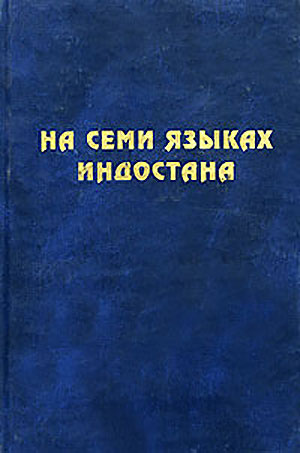
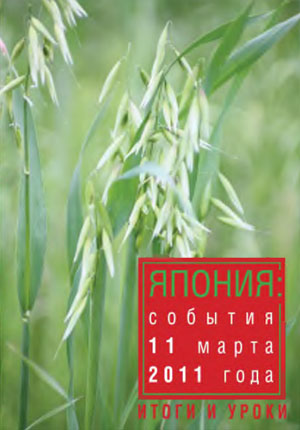
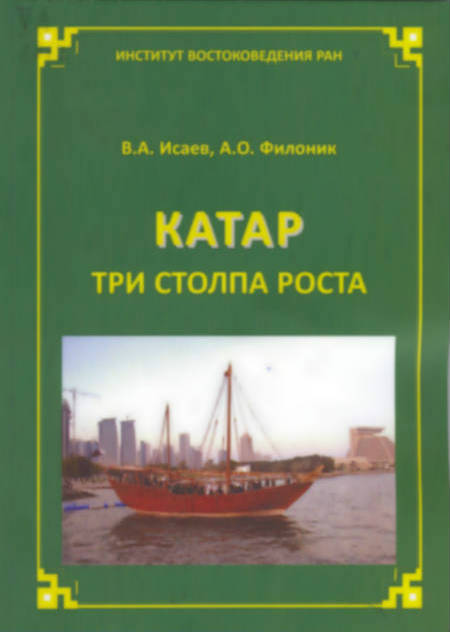
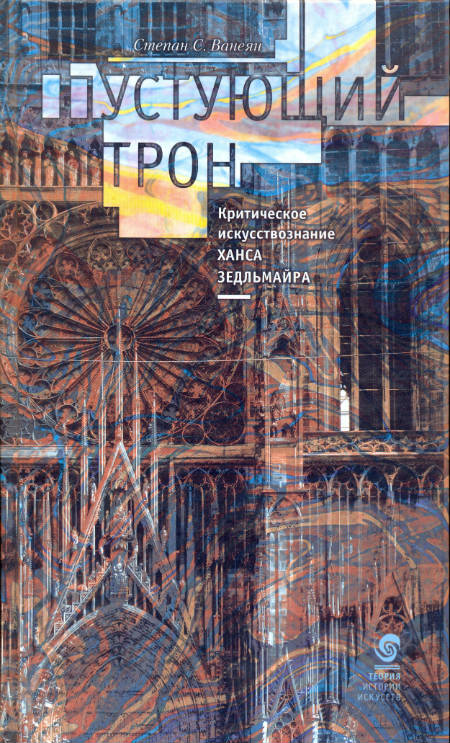

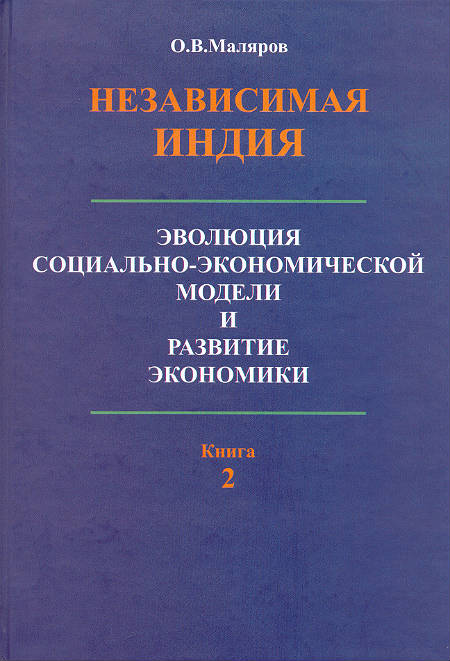
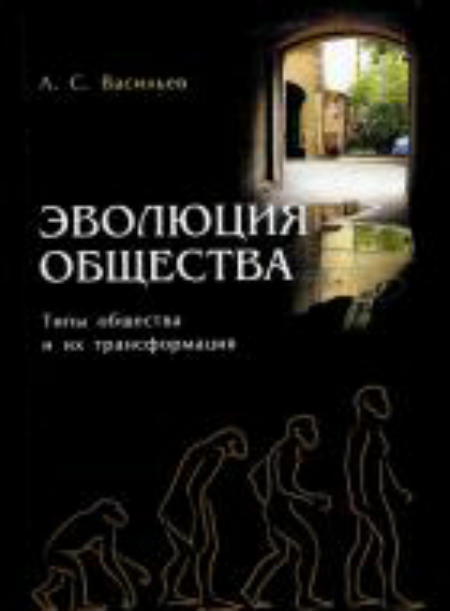
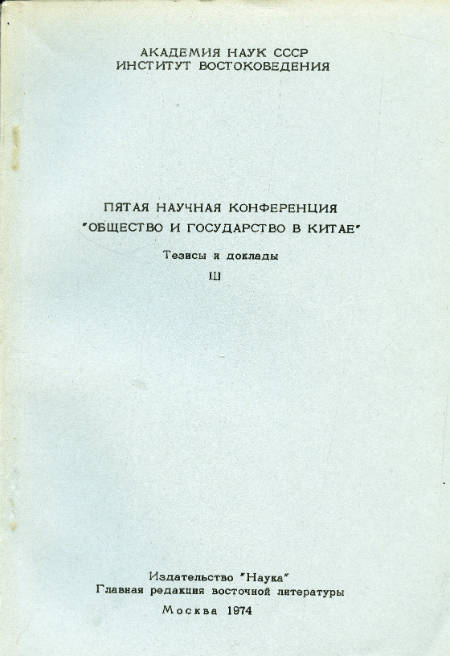
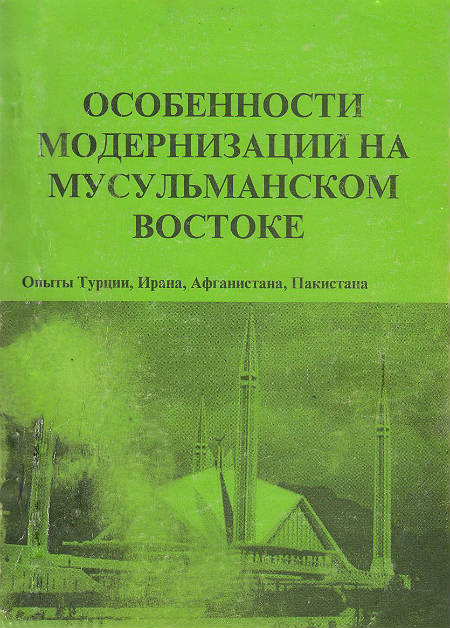
![Сюань-цзан. Записки о Западных странах [эпохи] великой Тан (Да Тан си юй цзи) / Сюань-цзан Сюань-цзан. Записки о Западных странах [эпохи] великой Тан (Да Тан си юй цзи) / Сюань-цзан](/sites/31/files/aleksandrovasyuan-czan11.jpg)